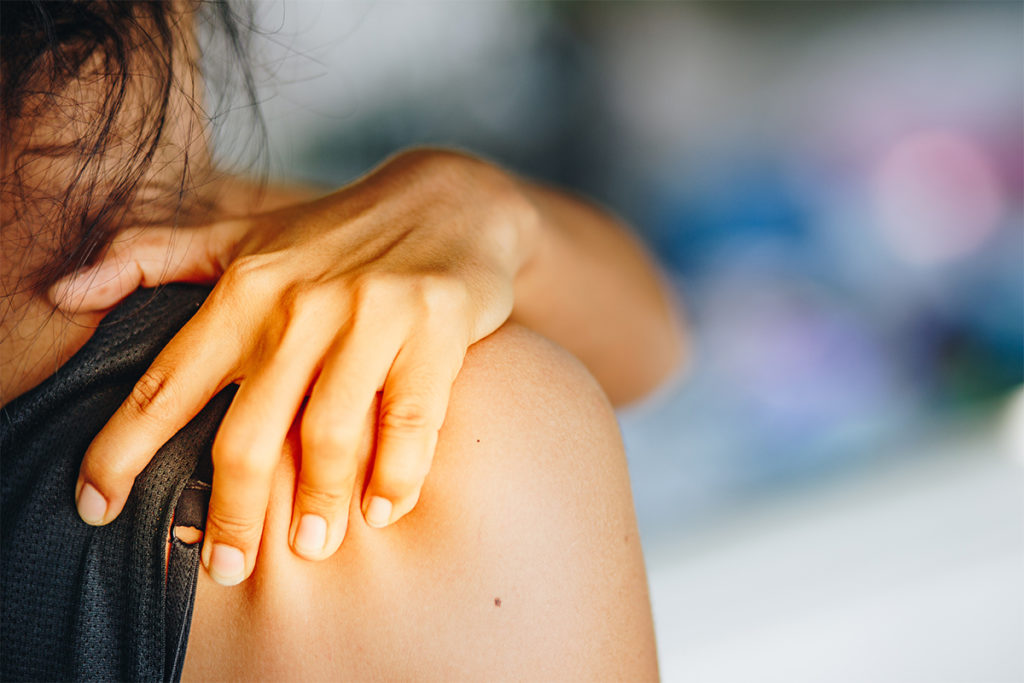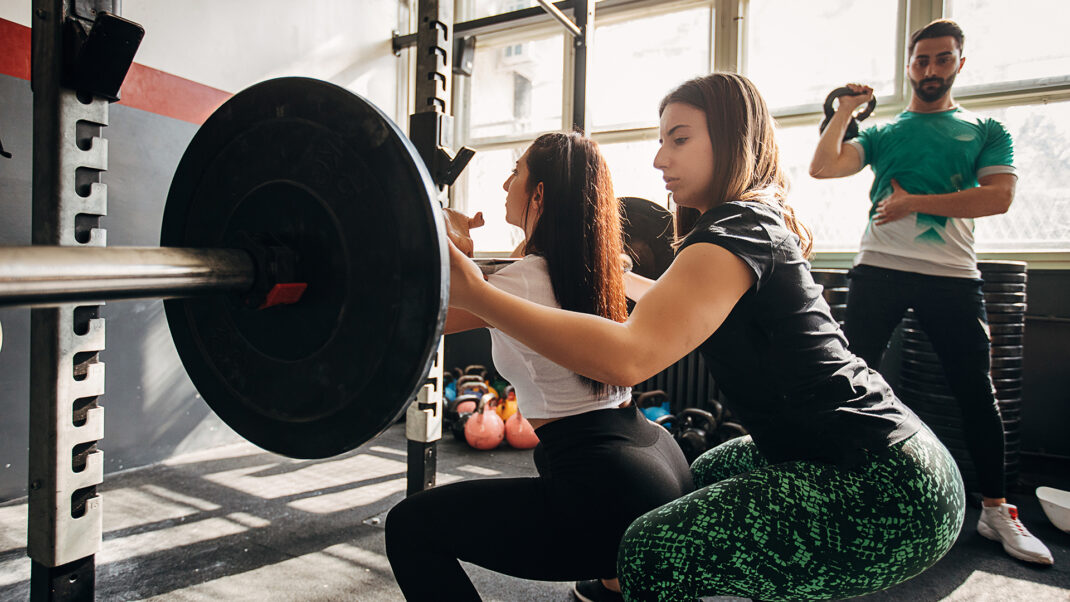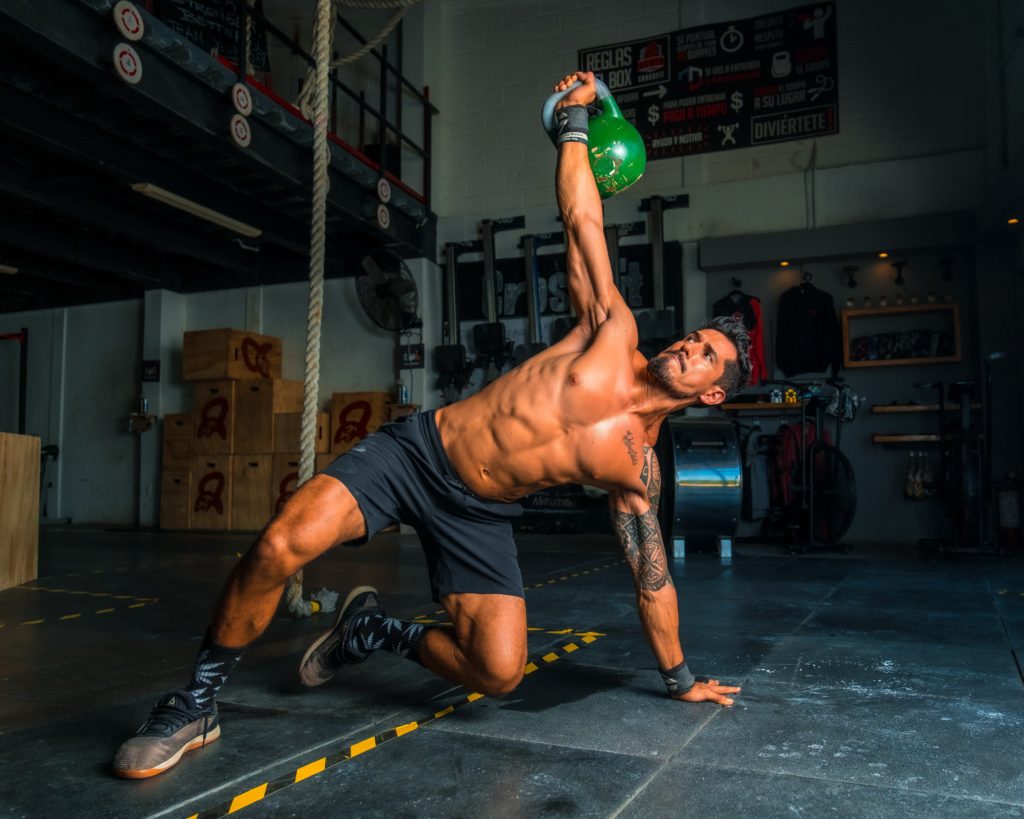The Science of DOMS: Why Your Muscles Ache After That First Fall Workout

If you’ve ever restarted workouts after a summer break and found yourself sore the next morning, you’ve met Delayed Onset Muscle Soreness (DOMS). That familiar ache, peaking 24 to 72 hours after exercise, is your body’s natural response to new or intense activity. Far from being a sign of failure, DOMS reflects how your muscles adapt, repair, and grow stronger.
What Exactly Is DOMS?
DOMS arises after unaccustomed or strenuous exercise, especially when movements emphasize eccentric contractions – when muscles lengthen under tension, like lowering into a lunge or running downhill. These actions create tiny tears in muscle fibers, which trigger an inflammatory response. The resulting swelling and sensitivity activate nerve endings, producing that stiff, tender feeling we associate with soreness (Cheung et al., 2003; Proske & Morgan, 2001).
Why It Peaks Later
Unlike the sharp fatigue you feel during exercise, DOMS has a delayed timeline. Research shows soreness typically begins 6–12 hours post-exercise, intensifies around 48 hours, and gradually fades by day 5. This lag reflects the time it takes for inflammatory processes and cellular repair to ramp up. That’s why your hardest workout often feels the worst two days later.
The Upside of Soreness
Although uncomfortable, DOMS is part of the adaptation cycle. When muscle fibers repair, they lay down stronger tissue, improving resilience and performance. This process; sometimes called the repeated-bout effect, means that once your muscles adapt, the same workout produces less soreness in the future (Nosaka et al., 2005). In other words: today’s soreness is tomorrow’s strength.
Recovery Strategies That Help
There is no single cure for DOMS, but research supports several strategies that can reduce discomfort and speed up recovery:
- Active recovery: Gentle movement (walking, cycling, yoga) boosts circulation and helps clear metabolic byproducts.
- Sleep and hydration: Both are critical for tissue repair and inflammation control (Kölling et al., 2016).
- Nutrition: Protein supports muscle rebuilding, while antioxidants from fruits and vegetables help manage inflammation.
- Compression and massage: These may improve blood flow and reduce soreness perception in some individuals (Dupuy et al., 2018).
- Progressive training: Gradually increasing volume and intensity lowers the risk of severe DOMS over time.
Myths About DOMS
DOMS is often misunderstood. It is not caused by lactic acid build-up, that clears from muscles within hours of exercise. And while soreness can indicate your body is adapting, it’s not a reliable marker of workout quality. Progress comes from consistent, structured training—not from chasing soreness every session.
The Bottom Line
DOMS is a normal and temporary response to exercise, especially after a seasonal reset in the fall. Rather than fearing the ache, use it as a reminder that your body is adapting to new challenges. By supporting recovery with movement, rest, and smart nutrition, you’ll bounce back faster and stay consistent, ensuring that your fall workouts build momentum instead of breaking it.
References
-
Cheung, K., Hume, P. A., & Maxwell, L. (2003). Delayed onset muscle soreness: Treatment strategies and performance factors. Sports Medicine, 33(2), 145–164. https://doi.org/10.2165/00007256-200333020-00005
-
Dupuy, O., Douzi, W., Theurot, D., Bosquet, L., & Dugue, B. (2018). An evidence-based approach for choosing post-exercise recovery techniques to reduce markers of muscle damage, soreness, fatigue, and inflammation: A systematic review with meta-analysis. Frontiers in Physiology, 9, 403. https://doi.org/10.3389/fphys.2018.00403
-
Kölling, S., Duffield, R., Erlacher, D., Venter, R., & Halson, S. L. (2016). Sleep-related issues for recovery and performance in athletes. International Journal of Sports Physiology and Performance, 11(6), 733–740. https://doi.org/10.1123/ijspp.2015-0190
-
Nosaka, K., Newton, M., & Sacco, P. (2005). Delayed-onset muscle soreness does not reflect the magnitude of eccentric exercise-induced muscle damage. European Journal of Applied Physiology, 94(1-2), 145–153. https://doi.org/10.1007/s00421-004-1284-0
-
Proske, U., & Morgan, D. L. (2001). Muscle damage from eccentric exercise: Mechanism, mechanical signs, adaptation and clinical applications. The Journal of Physiology, 537(2), 333–345. https://doi.org/10.1111/j.1469-7793.2001.00333.x




